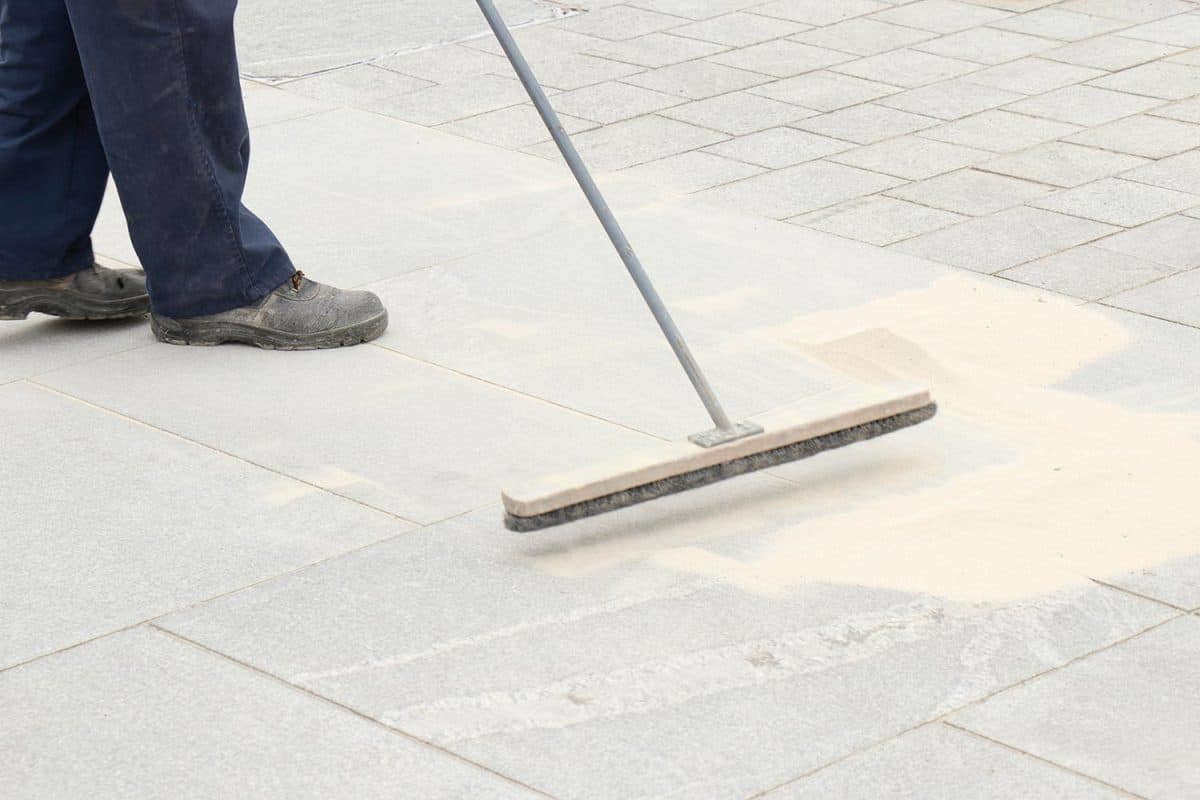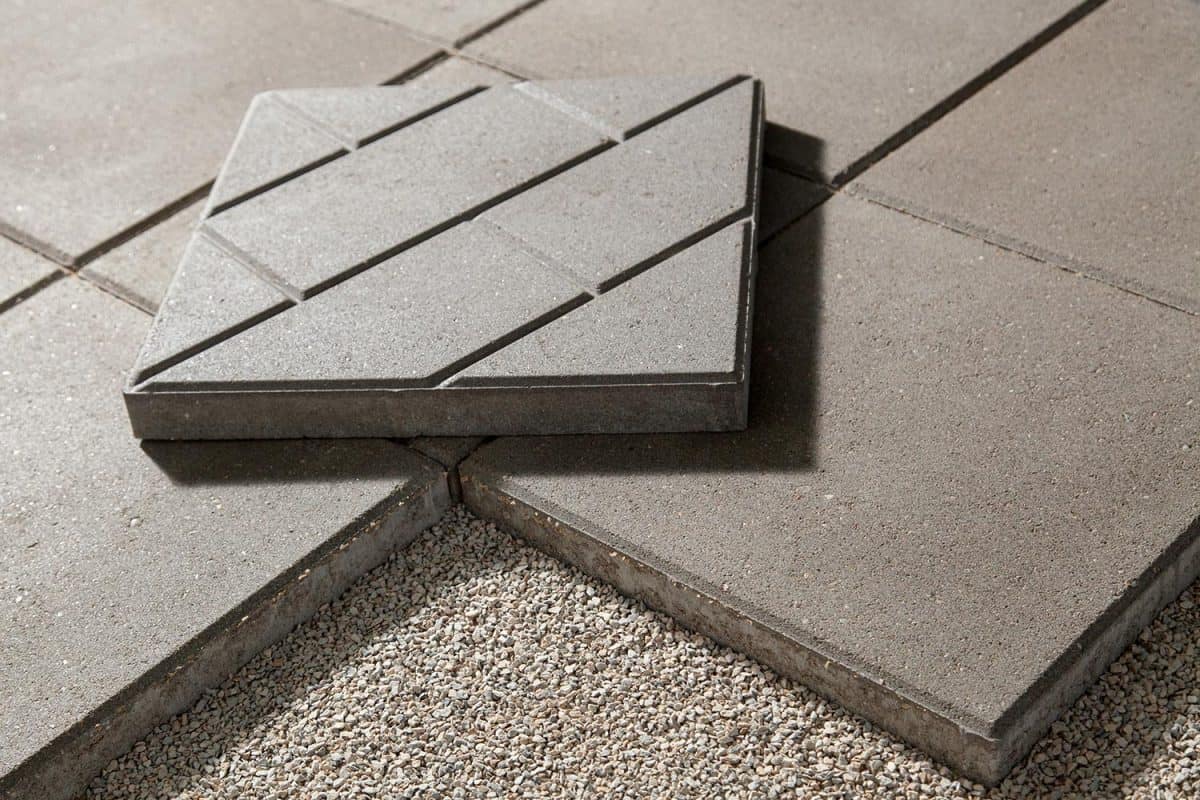Disclosure: We may get commissions for purchases made through links in this post.
A paver joint or jointing compound is a product to help provide the finishing touches of outdoor slabs, stones, or tiles. But what do you need to think about when choosing a paver joint compound? Also, what are the best options on the market? We researched for you to find the answers to these questions and here’s what we found.
Buyers of paver joint compound should take note of the following factors to ensure the purchase of the correct product:
- Paver Gap Size
- Adhesive
- Color
- Cement
- Drying Period
- Price
These products are among the best joint compound selections on the market:
- Romex Rompox Easy Joint Compound
- Dominator Polymeric Sand
- Gator Maxx G2 Intelligent Polymeric Sand
- SRW Products Pavermate Z3 Polymeric Sand
- Rain Guard Water Sealers Brick Sealer
- Vuba Easihold Resin Binder
It’s important to pay close attention to the unique features and traits of each product to make sure you use the correct solution to seal your paver. Continue reading as we talk about these paver joint compounds and the factors to think about during the purchasing process in more detail.
![Installation of brick platform, How To Choose Paver Joint Compound [What To Consider Including 6 Best Options]](https://pavingplatform.com/wp-content/uploads/2022/03/How-To-Choose-Paver-Joint-Compound-What-To-Consider-Including-6-Best-Options-800x1200.png)
How Do You Choose Paver Joint Compound?
Many properties today use polymeric sand as a paver joint compound. Jointing sand can be an option, but this material might be susceptible to insects and weeds. Also, keep in mind that not every polymeric sand option on the market offers similar results.
In this section, you’ll learn what to think about when choosing the right paver joint compound or polymeric sand to get the best value for your investment.

Paver Gap Size
It’s important to note that most polymeric sands are ideal for sealing paver joints no larger than an inch. Although it’s still possible to use these jointing compounds on gaps larger than 1-inch, the outcome might become more vulnerable than usual to cracks.
Instead, property owners may choose to use other joint compound solutions aside from polymeric sand to fill fairly big gaps.

Adhesive
Polymeric sands often contain adhesives or polymers to help the product stick to surfaces with the aid of water. Many variants typically use silica as their bonding agents. With this element, the joint compound will possess a sufficient amount of flexibility to help maintain stability to the pavers.
Take note that some polymeric sand manufacturers may also blend silica with other glues and chemical binders. In turn, certain options might not provide as much flexibility to pavers as compared with other options.
Color
Aside from its functional properties, buyers should also choose between different colored paver joint compounds. The aesthetic qualities of these products typically come from mixing different pigments of polymeric sands.
Interested customers can choose among colors like black, brown, green, and white. It’s ideal to select a color that can go well with the paver’s material. For example, black, cream, or gray-colored joint compounds are good complementary colors that go with red brick pavers.
Cement
Cement in a paver joint compound can help enhance the product’s durability. It may also cause hazing around the pavers’ perimeter, creating a unique design. Also called polyhaze, this appearance may or may not be suitable for every paver design.
Therefore, choose joint compounds with cement if you want hazing in your pavers. Otherwise, stay away from products with that component if you're not too keen on polyhaze.
Drying Period
Paver joint compounds are still quite vulnerable within 12 hours after the application. Installers should also consider putting protection over the product within this timeframe to safeguard it from the elements like rain.
Generally, it should also take about 24 hours for a paver joint compound to dry. Some formulations may dry faster or longer than others.
Check the product’s label or online description to know the suitable time for a particular joint compound to dry and cure. Remember, fast-curing paver joint compounds don’t mean they’re better in every aspect than their slow-curing counterparts.
Price

One of the primary determinants that influence whether a buyer will proceed with purchasing a specific paver joint compound is the price. Many brands will price their joint compounds within the $20 to $40 range.
Purchasers should consult their budgets while thinking of the costs of their preferred joint compounds. Additionally, the product should have a fairly long lifespan to prevent property owners from buying and applying these compounds on their pavers frequently.
You may also want to know if stone dust is good to apply between pavers. If so, read our post on that topic to learn the answer.
What Is The Best Paving Jointing Compound?
![A wheelbarrow dumping polymeric paver sand onto an area where a new patio is being built, Does Polymeric Sand Come In Different Colors? [And Will It Darken Over Time?]](https://pavingplatform.com/wp-content/uploads/2022/02/Wheelbarrow-dumping-polymeric-paver-sand-onto-an-area-where-a-new-patio-is-being-built.jpg)
1. Romex Rompox Easy Joint Compound
Unlike the standard polymeric sand, users can apply this particular joint compound to up to 3-inch wide paver gaps without significant risks of the material breaking or cracking.
It also has a neutral color which should go well with many paver designs. Plus, the compound comes pre-mixed to enhance the convenience of its installers.
Check out this product on Amazon.
2. Dominator Polymeric Sand
This product is another durable paver joint compound that can maintain its ruggedness to up to 4 inches of paver gap. It uses the brand’s Ceramic Flex technology to provide optimal flexibility and durability to paver joints.
It’s also reasonably easy to install and maintain, cutting the time needed to complete these tasks.
Check out this product on Amazon.
3. Gator Maxx G2 Intelligent Polymeric Sand
This polymeric sand helps keep unwanted particulates away from the paver joints and gaps. Like other quality paver joint compounds, this product comes pre-mixed and has polymers that only demand one watering for its components to bind onto the surface.
It’s also compatible with different paver materials, including clay, concrete, and natural stones.
Check out this product on Amazon.
4. SRW Products Pavermate Z3 Polymeric Sand
Those who wish to experience a relatively fast drying and curing time of polymeric sand may want to consider buying this product. Aside from its quick-drying properties, it also doesn't leave gummy residues or stains after application.
However, buyers should take note that this specific product is only ideal to fit up to 2 inches of paver gap. This solution might become susceptible to breaking or cracking if applied to joints wider than that measurement.
Check out this product on Amazon.
5. Rain Guard Water Sealers Brick Sealer
As its name implies, this paver joint compound is only ideal to use on brick surfaces. Despite its exclusivity, this joint compound typically works wonders on pavers with that material.
This product uses the brand's MICRO-LOK technology which allows the bonding agent to form a hydrophobic barrier around brick surfaces. This feature also shields the paver's immediate surroundings against other hazards like dirt, salt, and UV light.
At this point, you may want to read our post on Coventry brick stone pavers to gain insight into that material.
Check out this product on Amazon.
6. Vuba Easihold Resin Binder
This joint compound is exclusive for use on stone and gravel pavers. In spite of the lack of compatibility, it uses a non-toxic water-based formula that’s reasonably easy and safe to apply.
In turn, beginners in applying paver joint compounds may not find the installation of this product more challenging than expected.
Check out this product on Amazon.
Final Words
Buyers should think about different factors when looking for the right paver joint compound. Certain elements to consider include the paver gap size and the color of the product. It’s also ideal to take time to look at the different choices on the market to arrive at a sound purchasing decision.







![Vibrant Red Paver Stone Path, Can You Spray Paver Sealer? [How To Apply It]](https://pavingplatform.com/wp-content/uploads/2022/04/Vibrant-Red-Paver-Stone-Path-600x400.jpg)
![Properly laid out red pavers for a garden, Can You Tint Paver Sealer? [And How To]](https://pavingplatform.com/wp-content/uploads/2022/04/Properly-laid-out-red-pavers-for-a-garden-600x400.jpg)
